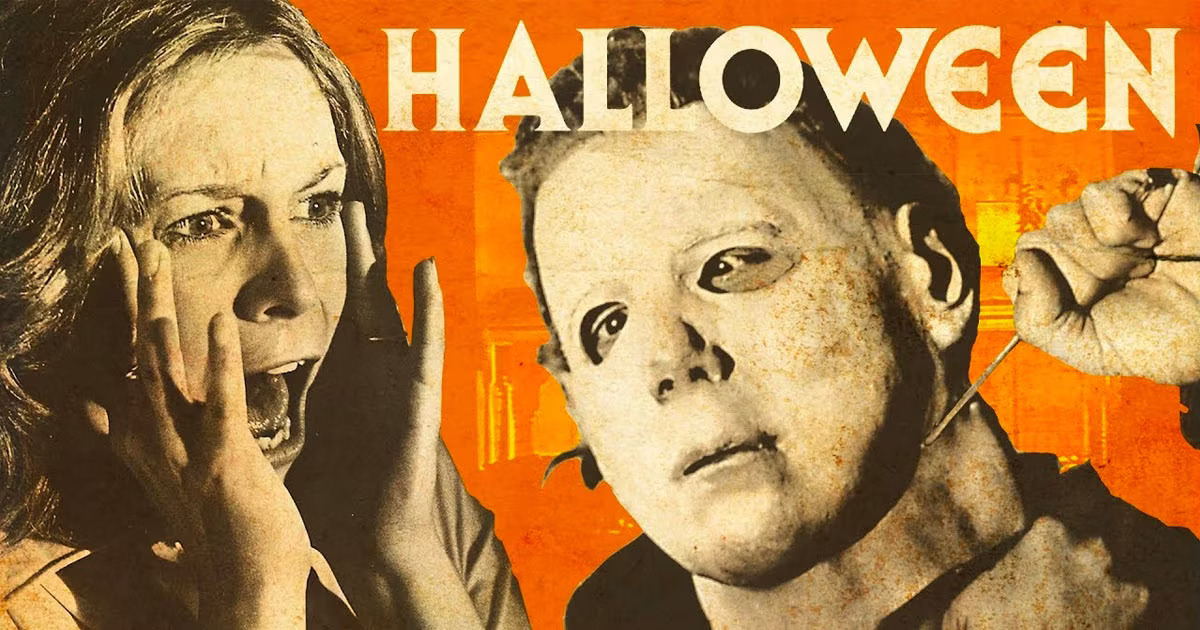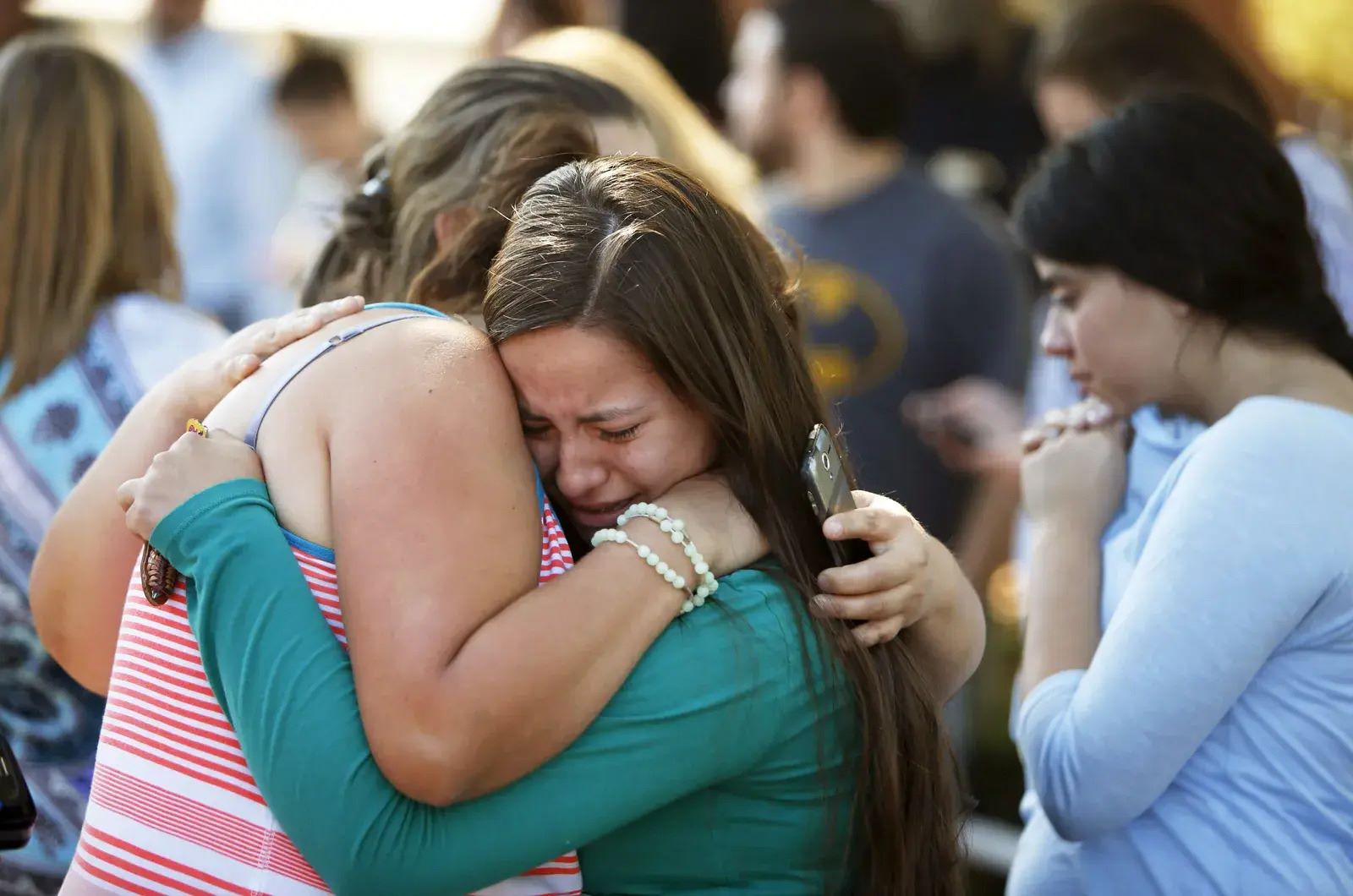
Are you a fan of horror movies? If so, then you surely can’t ignore the impact of John Carpenter’s iconic film “Halloween”. Regarded as one of the greatest horror films of all time, “Halloween” has scared audiences for decades with its spine-chilling story and unforgettable antagonist, Michael Myers. But did you know that there are numerous fascinating facts about this classic film that you might not be aware of? From its low-budget origins to its influence on the slasher genre, “Halloween” has left an indelible mark on the world of cinema. In this article, we will explore 39 intriguing facts about “Halloween” that will make you appreciate this horror masterpiece even more. So, grab your popcorn, turn off the lights, and prepare yourself for a thrilling journey into the eerie world of “Halloween.
Key Takeaways:
- Halloween” was a low-budget hit that inspired a wave of slasher films, introduced the iconic “final girl” trope, and remains a must-watch for horror enthusiasts.
- The movie’s impact on the genre, memorable characters, and iconic moments make it a timeless classic that continues to captivate audiences with its blend of terror and suspense.
The idea for Halloween came to John Carpenter in a dream.
KEYWORD A true stroke of inspiration, Carpenter dreamt of a masked killer who stalked a group of teenagers on Halloween night.
The movie was filmed on a shoestring budget.
KEYWORD With a budget of only $300,000, Halloween became one of the most successful independent films of all time, grossing over $70 million worldwide.
The role of Michael Myers was played by Tony Moran.
KEYWORD In the movie, Michael Myers is portrayed as a silent, relentless killer, and Moran’s chilling performance brought the character to life.
Jamie Lee Curtis made her feature film debut in Halloween.
KEYWORD Curtis played the role of Laurie Strode, the sole survivor of Michael Myers’ murderous rampage.
Halloween was shot in just 20 days.
KEYWORD The tight shooting schedule added to the tense and fast-paced nature of the film.
The iconic mask worn by Michael Myers was actually a William Shatner Star Trek mask.
KEYWORD The filmmakers spray-painted the mask white and altered the eye holes to create the haunting appearance of the killer.
Halloween was originally titled “The Babysitter Murders”.
KEYWORD The name was changed to Halloween to capitalize on the popularity of the holiday.
The movie was made on location in South Pasadena, California.
KEYWORD Many of the film’s exteriors were shot in the real neighborhood where John Carpenter grew up.
Halloween inspired a wave of slasher films in the 1980s.
KEYWORD The success of Halloween paved the way for countless imitators, shaping the horror genre for years to come.
The mask worn by Michael Myers became one of the most recognizable symbols in horror.
KEYWORD The simple, emotionless white mask has become synonymous with the character.
The movie Halloween was a box office success upon its release.
KEYWORD It earned over $47 million in the United States, making it one of the most profitable independent films of all time.
Halloween spawned a franchise with multiple sequels.
KEYWORD The success of the original film led to the creation of numerous sequels and reboots.
John Carpenter composed the chilling score for Halloween.
KEYWORD The haunting theme music has become an iconic piece of cinema history.
Halloween was one of the first films to use the “final girl” trope.
KEYWORD The final girl concept refers to the last surviving female character who confronts and defeats the killer.
The movie Halloween was shot predominantly at night.
KEYWORD The nighttime setting added an extra layer of fear and suspense to the film.
Halloween was a critical success as well.
KEYWORD The movie received praise for its tension, atmosphere, and the breakout performance by Jamie Lee Curtis.
Halloween helped establish the slasher film as a subgenre.
KEYWORD It set the template for many future horror films with its masked killer stalking unsuspecting victims.
The opening sequence of Halloween was shot from the killer’s perspective.
KEYWORD This unique approach created a sense of voyeurism and added to the terror of the movie.
The original script for Halloween was titled “The Babysitter Murders.”
KEYWORD John Carpenter and Debra Hill revised the script to focus more on the character of Laurie Strode.
Halloween was one of the first movies to feature the concept of a horror movie franchise.
KEYWORD The success of the original film led to the creation of multiple sequels and spin-offs.
Halloween was selected for preservation in the National Film Registry in 2006.
KEYWORD It was considered culturally, historically, and aesthetically significant.
Donald Pleasence played the role of Dr. Sam Loomis in Halloween.
KEYWORD His portrayal of the determined psychiatrist added depth and intensity to the movie.
Halloween was originally intended to be an anthology series.
KEYWORD After the success of the first film, the plan was to release a new Halloween-themed movie each year.
The movie Halloween is credited with popularizing the “final girl” trope.
KEYWORD The final girl character is typically the last one standing and faces off against the killer.
Halloween inspired countless copycat movies in the years following its release.
KEYWORD The success of the film led to a surge of slasher films in the 1980s.
The character of Michael Myers was inspired by real-life serial killers.
KEYWORD John Carpenter drew influence from notorious killers such as Ted Bundy and the Zodiac Killer.
Halloween was remade in 2007 by director Rob Zombie.
KEYWORD Zombie’s take on the film added a grittier and more brutal tone.
Jamie Lee Curtis returned to reprise her role as Laurie Strode in the 2018 sequel.
KEYWORD The film served as a direct sequel to the original, ignoring the events of the other sequels.
Halloween has become a cultural phenomenon.
KEYWORD The movie’s impact is felt beyond the realm of horror, with references and homages in popular culture.
The success of Halloween led to a resurgence of interest in slasher films in the 1980s.
KEYWORD The film set the stage for a new wave of horror movies that dominated the decade.
Halloween continues to be a favorite for horror movie marathons.
KEYWORD Fans gather each year to watch the classic film and celebrate the Halloween season.
Halloween introduced the concept of the “final scare.”
KEYWORD Just as the audience breathes a sigh of relief, a final jump scare is thrown in to leave them on edge.
John Carpenter’s direction in Halloween is often praised for its suspenseful pacing.
KEYWORD The deliberate build-up of tension keeps viewers on the edge of their seats.
Halloween has inspired countless homages, parodies, and fan films.
KEYWORD The enduring popularity of the movie has led to a rich legacy in the horror genre.
The movie Halloween revitalized the career of Jamie Lee Curtis.
KEYWORD Her breakout role as Laurie Strode launched her into stardom and solidified her status as a scream queen.
Halloween is often praised for its minimalist storytelling.
KEYWORD The simplicity of the plot, combined with the effective use of suspense, gives the film its enduring power.
The low-budget nature of Halloween forced the crew to be resourceful in their filmmaking techniques.
KEYWORD Creative solutions were used to achieve the desired effect, showcasing the talents of the production team.
Halloween has a loyal and dedicated fan base.
KEYWORD Devoted followers of the film continue to celebrate its legacy and discuss its influence on the horror genre.
The movie Halloween remains a must-watch for horror enthusiasts.
KEYWORD Its impact on the genre, memorable characters, and iconic moments make it a timeless classic.
KEYWORD Whether it’s your first time watching or a yearly tradition, Halloween continues to captivate audiences with its blend of terror and suspense. So, dim the lights, grab some popcorn, and experience the thrills that this iconic movie has to offer.
Conclusion
The movie Halloween has captivated audiences for decades with its iconic villain, Michael Myers, and its suspenseful storyline. With 39 fascinating facts about the film, it’s clear that Halloween has left a lasting impact on the horror genre. From its low-budget beginnings to its status as a classic in the world of horror films, Halloween continues to frighten and thrill audiences to this day. Whether you’re a longtime fan or just discovering the film, these facts provide a deeper appreciation for the artistry and legacy of Halloween.
FAQs
Q: Who directed the movie Halloween?
A: The movie Halloween was directed by John Carpenter.
Q: When was Halloween released?
A: Halloween was released on October 25, 1978.
Q: Who played the iconic character of Michael Myers?
A: The role of Michael Myers was originally played by actor Nick Castle.
Q: How many movies are there in the Halloween franchise?
A: There are currently 12 movies in the Halloween franchise, including the 2018 sequel that disregards the events of the previous films.
Q: What is the highest-grossing movie in the Halloween franchise?
A: The highest-grossing movie in the Halloween franchise is the 2018 sequel, also titled Halloween.
Q: Are there any Easter eggs or hidden references in the Halloween films?
A: Yes, the Halloween movies are known for their Easter eggs and hidden references, including callbacks to previous films and nods to other horror classics.
Q: What is the significance of the mask worn by Michael Myers?
A: The mask worn by Michael Myers is a Captain Kirk mask painted white, chosen due to its eerie and emotionless appearance.
Q: Has Halloween received any awards or nominations?
A: Halloween has received several awards and nominations over the years, including a Saturn Award for Best Horror Film and a nomination for the 1978 Academy Awards for Best Original Score.
Was this page helpful?
Our commitment to delivering trustworthy and engaging content is at the heart of what we do. Each fact on our site is contributed by real users like you, bringing a wealth of diverse insights and information. To ensure the highest standards of accuracy and reliability, our dedicated editors meticulously review each submission. This process guarantees that the facts we share are not only fascinating but also credible. Trust in our commitment to quality and authenticity as you explore and learn with us.


